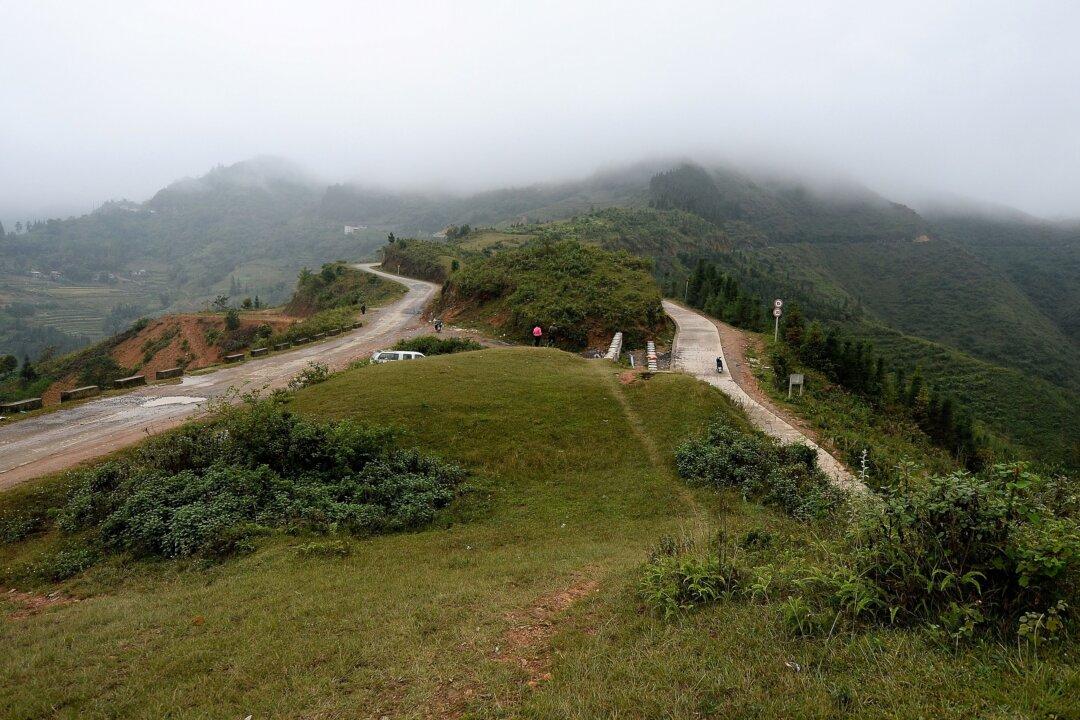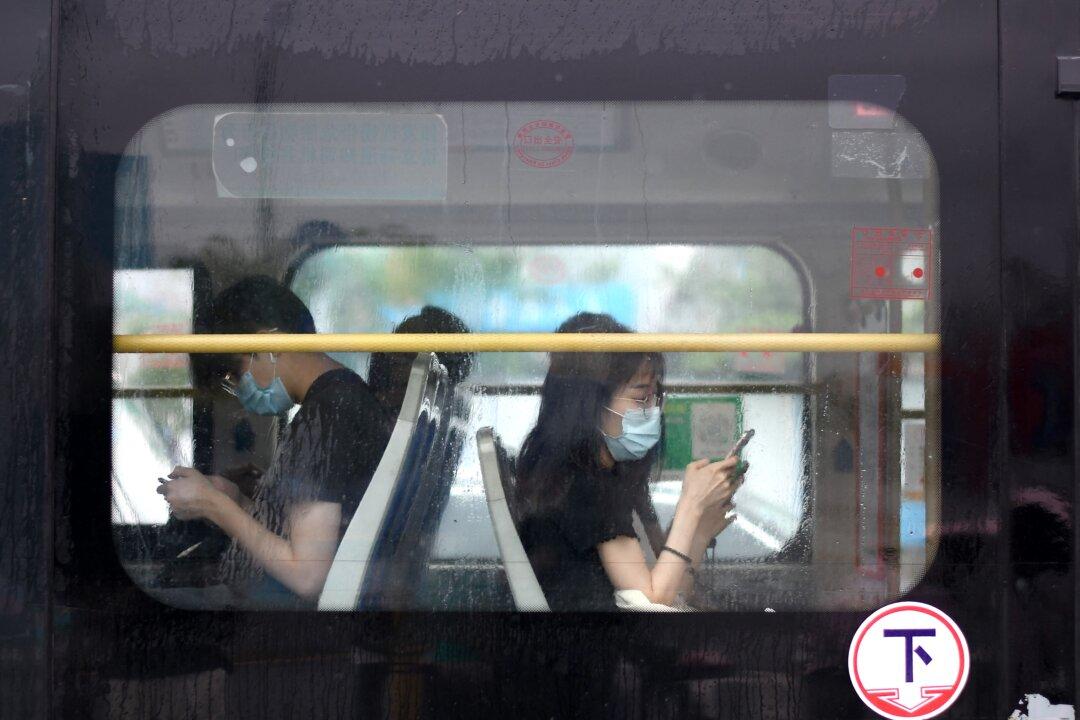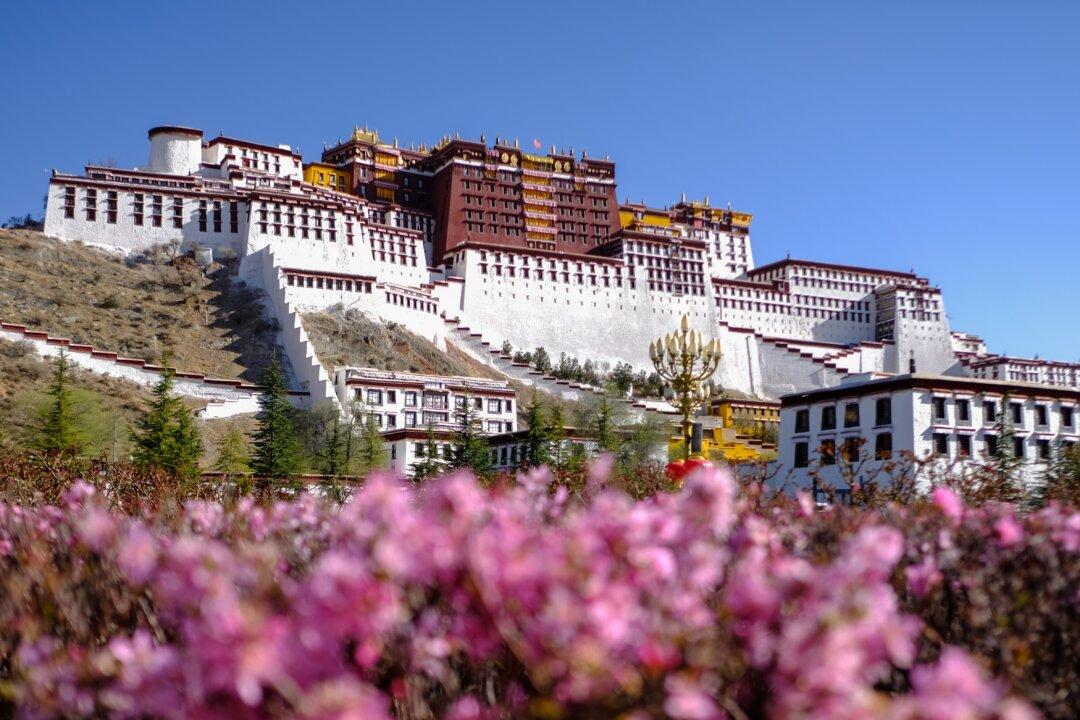The Chinese regime is reportedly building structures at its borders with Vietnam and Burma, as an influx of its citizens seeks to flee to southeast Asia in search of economic opportunities.
China–Burma Border
China and Burma (also known as Myanmar) share a roughly 1,258-mile border, including about 191 miles that aren’t clearly defined. Especially in Yunnan Province, the border splits many villages, and even streets, leaving family members as residents of different countries.For centuries, there was no border wall separating the countries. In recent decades, both regimes have mandated that citizens must apply for a pass to travel back and forth legally. But many parts of the border have no walls or barriers, so people have easily crossed over.





